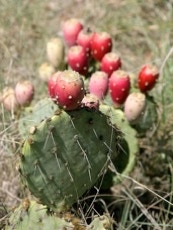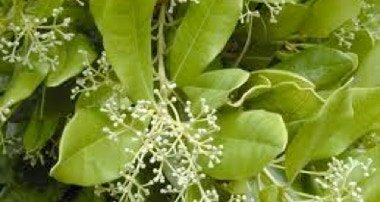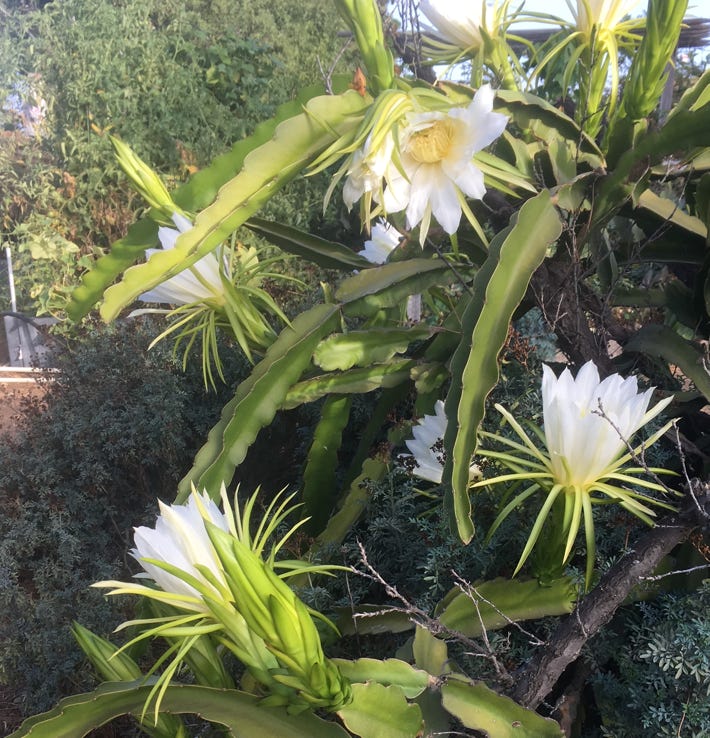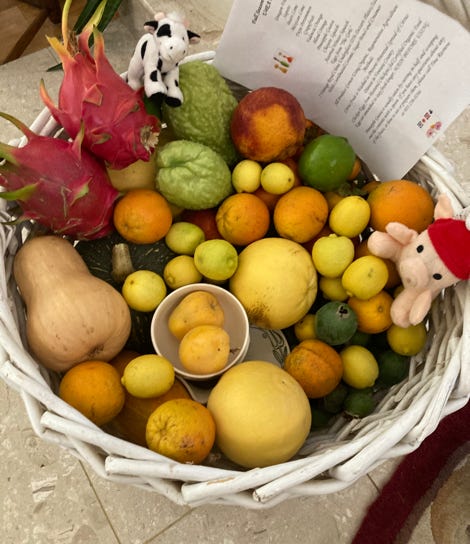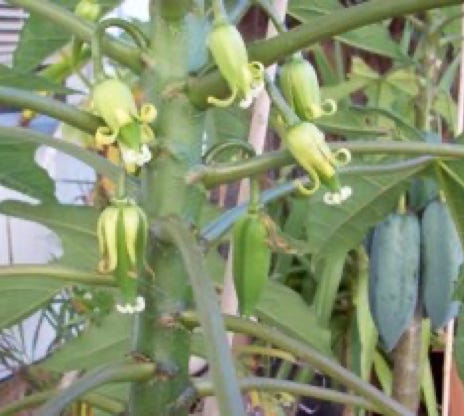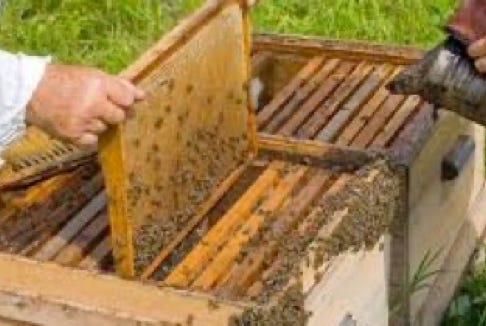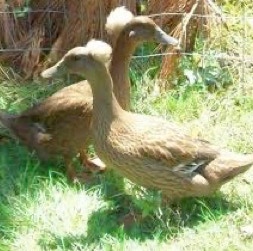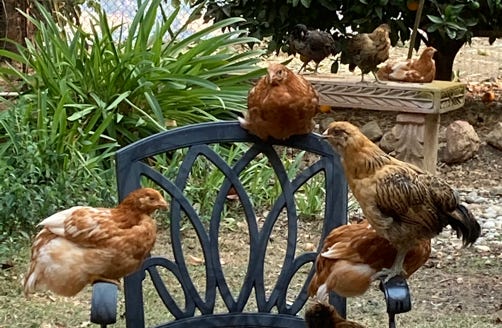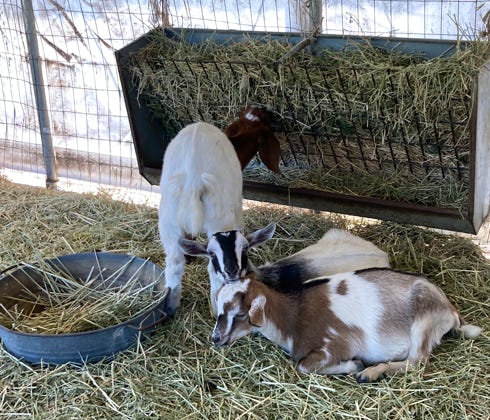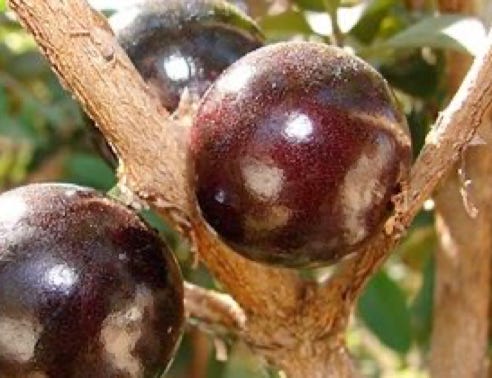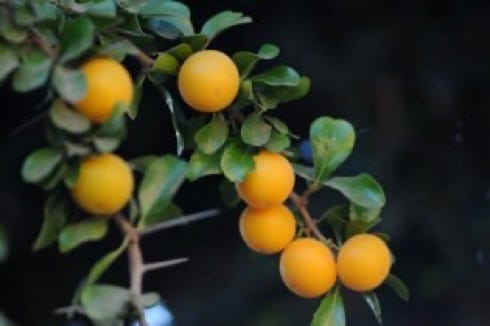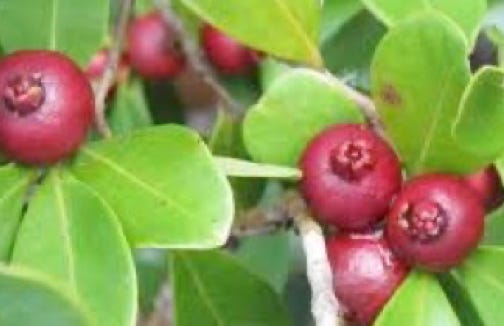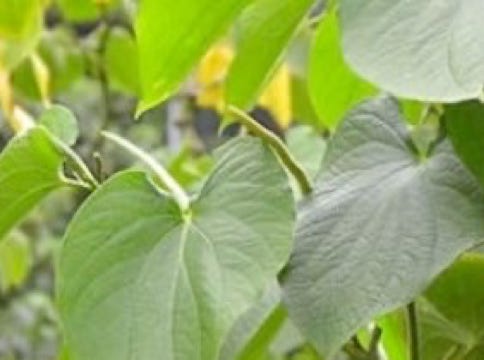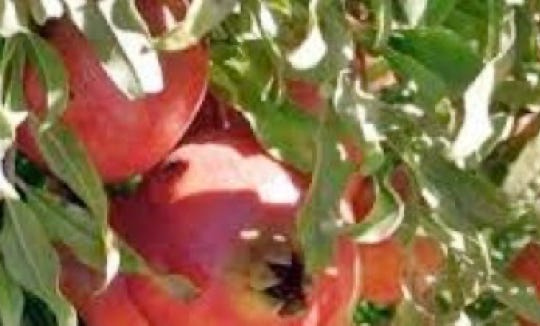Regenerative Agriculture
Philosophy and Constraints -- Regenerative Agriculture
Regenerative agriculture is a conservation and rehabilitation approach to food and farming systems. We consider ourselves temporary stewards of this land. We have found over the years that the land stewards us as we steward it, relationship of true reciprocity. We strive to improve its long-term intrinsic value vs. maximizing profit extracted from it. Along with food production, we value the land’s biodiversity and ecosystem service including indigenous species conservation and carbon sequestration.
A key concern is water table depletion -- we constrain water usage to minimize depletion of the water table ~350’ below the surface of our two deep wells. Water is a key limit, thus we automatically irrigate at night with efficient drip systems; we fertilize with local manure and compost to increase the water (and carbon) retaining capacity of the soils; and focus on fruit crops and species that provide other valuable services such as nectar out of season and shade. Some of our biotic elements:
Bobaco is a hybrid between two papaya species, Vasconcellea cundinamarcensis (syn. Carica pubescens), and Vasconcellea stipulata (syn. Carica stipulata). While Bobaco is related to papaya, it is more tasty and easier to grow in our climate, we have two thriving trees in an atrium. Trees are self-fertile.
Aviculture offers benefits in addition to the obvious commercial and dietary value of honey and increased fruit yields from better pollination. Established colonies of domestic bees reduce the likelihood of wild Africanized colonies establishing themselves.
In 2013 the ranch began hosting aviculture students, adding 5 new hives to the existing hive that had been thriving for several years. Currently the ranch hosts 67 active hives, all managed by biologist and aviculturalist Kevin Brock.
Our first Khaki campbell ducks managed a snail problem in the garden. Remarkably they eat snails without doing much damage to the plants. We later adopted free range chickens and geese. The geese destroyed the yard and ended the “free range” privileges of the avians.
The eldest goose, Christmas, and her best buddy Daffy, a duck born with a deformed beak, both passed away in 2023 at the age of 18. Defying the conventional wisdom to cull a duck with a deformed beak, we found adapting the feeding containers allowed Daffy to easily scoop up food. He outlived all the other ducks by many years. He died a month after losing his best friend, Christmas Goose.
By conventional metrics, these birds are not economical -- with the cost of premium organic feed supplements, our eggs are very expensive to produce. But such conventional metrics ignore other regenerative benefits of fowl -- compost processing, bug control, alarm clock in the morning, etc.
SHEEP and GOATS
Our original flock was given to us by neighbors who found themselves unable to care for them, seeking a home for 10 mostly Barbados Black Belly Sheep, with a Dorset in the mix. Births caused the size of the flock to grow to 27 at its highest but returning the breeding ram to the neighbors and neutering the male lambs born on the ranch helped to stabilize the size of the flock. Cougar predation reduced the size to the present 3 sheep, Larry, Curly and Lady Bug. The sheep now live with 3 goats, Peggy Sue, Billy Jean and Captain Eunice Kidd (“Kappy” for short). We find that a mixed herd of goats and sheep work best for weed abatement, which is their “job” on the ranch, helping with fire protection. Their ecological and economic impacts are mixed. They can cause significant soil erosion without frequent rotation of pastures, but their manure provides good fertilizer for our fruit trees and garden crops. The Mountain Lion Conservation Foundation helped us adapt the pen for safely housing the herd at night, and since the modifications were made we have not lost any to cougars.
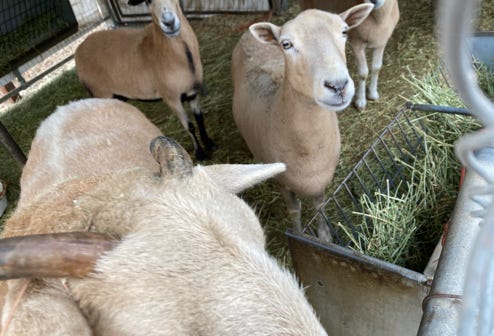
This Brazilian native produces delicious califlorous fruits that can be eaten raw or processed into jellies.
(Dovyalis caffra) Seeds from fruits picked ~1994 at the Los Angeles Arboretum produced two mature trees, a male and a female. The flowering male is a tremendous bee attractor, creating a buzz comparable to flowering Century plants.
Fruits are acidic, rich in Vitamin C. They make a wonderful jam especially when combined with sweeter pit fruits.
(Myrtaceae) Many varieties from 3 genera are edible and have potential medicinal values. They are rich in Vitamin C (some species have more than oranges), and contain a rich pharmacopea.
• Strawberry Guava, Psidium littorale -- from David Hafemeister, San Luis Obispo (each 1cm fruit has 90 mg of vitamin C and antioxidants.
• Apple Guava (Psidium guajava) -- the “common guava”
• Red Malasian Guava
• Guayaba
• Nyampi
Plant rhizome from Linda and Chris Assad in Pasadena, CA has nearly dominated a 400 square foot planter (enjoying the shade of a coral tree (Erythrina sp.). Kava is a remarkable tropical plant in the pepper family, that grows wild throughout Polynesia and Latin America. Brian Rasnow first came across it in the rainforests of Guatemala, where it is common along streams and used medicinally by campesinos. It’s likely that this plant was transported by early humans as it has rich cultural and medicinal values. Tea from boiled leaves seems to have no sedative effects (except perhaps slight numbing of the mouth), but it has great minty flavor and a beautiful green color that oxidizes to black within ~10-20 minutes.
The ranch has several commercial varieties along with 5 cultivars from the garden of legendary John Chater.
Both leaves and dried fruit are excellent for cooking.
ALLSPICE
CACTUS
We have many cacti that serve multiple purposes -- nectar for bees, erosion control, weed control, and beauty. Edible cacti include 2 species of prickly pear from several sources, with edible fruits and ears, and Pithaya or dragon fruit, also from several sources.
